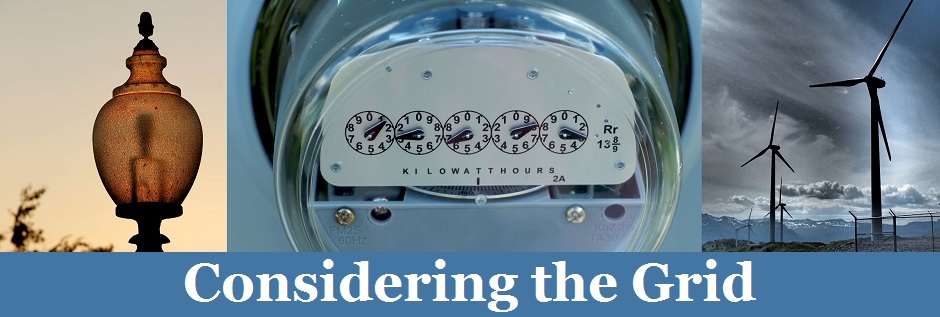Last month, Utility Dive released its 2018 State of the Electric Utility Report, a summary of the outlook of electric utility professionals in the United States and Canada. Using responses from a survey administered to around 700 electric utility employees, the report aims to understand the challenges facing the electric utility industry and the means by which utilities plan to update their assets, practices, and business models to respond to those challenges. A webinar addressing the report is also available on-demand, and may be accessed here.
First among the report’s key takeaways is that utilities are moving toward a lower-carbon and more distributed fuel mix, “despite federal efforts to support fossil fuel production and generation.” Utility professionals reported the most confidence in growth for solar, distributed-energy resources (DERs), storage, wind, and gas. Survey respondents expected significant decreases in coal- and oil-fired generation, and significant increases in utility-scale solar. As a result of these trends, utility professionals cited DER policy, bulk power system reliability, and reliable integration of renewables as pressing issues for the future.
Utility professionals also cited regulatory uncertainty as a top concern, and reported regulatory challenges in justifying investments in emerging technologies like energy storage, microgrids, and electric vehicles. Survey respondents also reported widespread uncertainty regarding their changing power mix. Citing the Trump Administration’s actions to repeal the Clean Power Plan and to lend cost recovery to merchant coal and nuclear plants, the report concludes that federal policy and regulatory changes may be partly to blame for this uncertainty.
Cybersecurity issues were also among utility professionals’ most pressing concerns. Eighty-one percent of survey respondents reported that they are focused on cybersecurity threats and continue to face challenges with respect to developing effective responses. The report notes that the increase in deployment of smart thermostats, appliances, and other internet-connected devices will increase digital complexity and attack surfaces, and therefore require more intensive cybersecurity protection.

